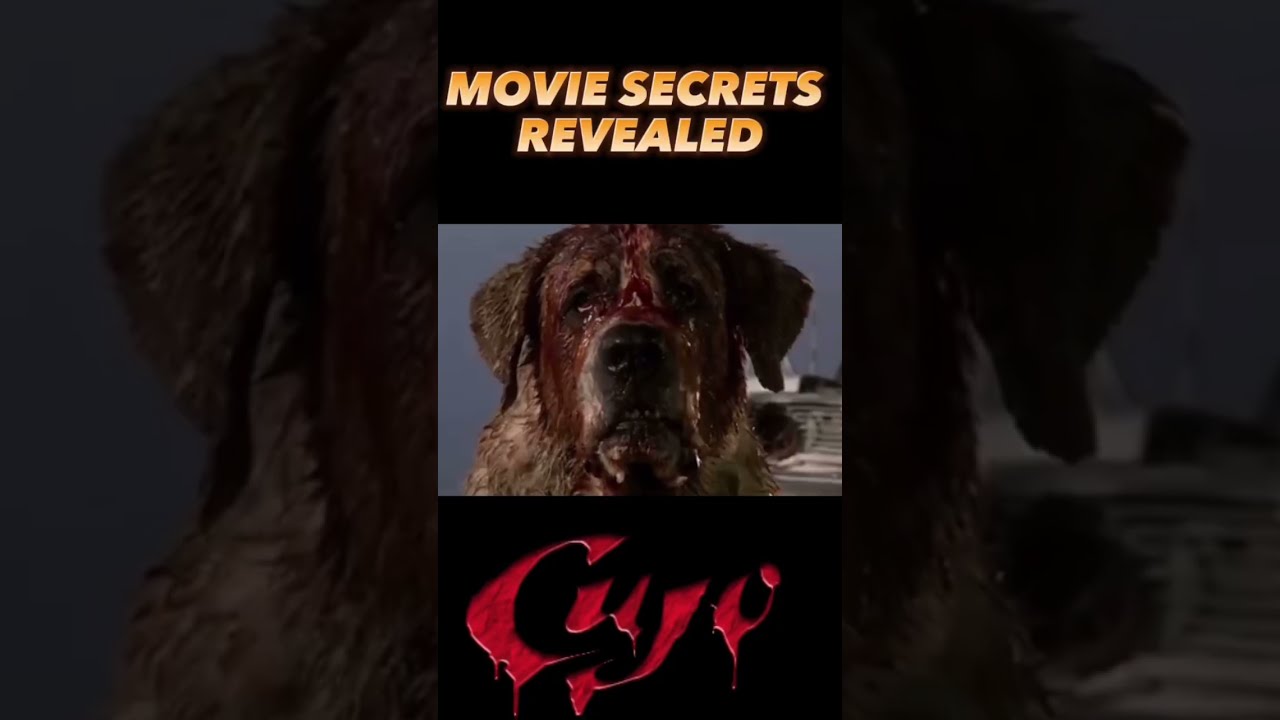
Stephen King’s stories have always carried a peculiar duality: they terrify us with monsters both real and imagined, but they also reveal something profoundly human. With Cujo (2025), Netflix ventures into familiar yet treacherous territory, attempting to reimagine the rabid Saint Bernard that haunted readers more than four decades ago. Directed with a sharp eye for suspense and produced by Roy Lee—whose work on It and Barbarian demonstrated his respect for King’s worlds—the film sets itself a lofty goal: to make us believe in terror all over again.

The Story Revisited
At its core, Cujo is deceptively simple. A loyal family dog contracts rabies, transforming into a predator of relentless violence. In the 1983 adaptation, Lewis Teague gave us a claustrophobic chamber piece, a mother and son trapped in a sweltering car as a beast lurked outside. The new version, slated for release in late 2025, takes that same claustrophobic dread and amplifies it with modern filmmaking techniques, while carefully avoiding the excesses of CGI that might undermine the raw realism.

Performances That Anchor the Terror
A horror film is only as strong as its human center. The cast, though not yet fully revealed, promises a balance between vulnerability and strength. Where King’s story thrives is not in the monstrous but in the ordinary—the family breaking under quiet strains before catastrophe strikes. If the performances capture that same fragile humanity, the terror will be all the more potent.

Direction and Atmosphere
The new adaptation leans into atmosphere rather than spectacle. The early trailer offers images drenched in shadow and silence, reminding us that horror often whispers before it screams. Instead of cheap jump scares, there is an insistence on dread: the sound of claws scraping against metal, the pant of an animal once loved now turned alien. It is in these small details that the film finds its soul.
Cinematography
- Naturalistic lighting emphasizes realism over stylization.
- Close framing enhances the suffocating tension of confinement.
- Muted colors suggest decay and inevitability rather than theatrical horror.
How It Stands Against the Original
Comparisons to the 1983 version are inevitable. That earlier film, while chilling, has not aged with the same enduring terror as King’s novel. The 2025 edition seeks to correct that, delivering a vision closer to the book’s oppressive dread. Yet it avoids nostalgia for nostalgia’s sake—it is not a remake designed to mimic, but to reinterpret.
Final Thoughts
Cujo (2025) is not just about a dog gone mad; it is about fear itself, distilled into a primal confrontation between survival and inevitability. If it succeeds, it will remind us that the monsters outside our windows often mirror the fractures within our homes. Horror, at its best, makes us look inward even as we flinch outward. This remake has the potential to honor King’s story while delivering something unsettlingly modern.
Verdict
For fans of Stephen King, horror enthusiasts, or those curious to see if a simple premise can still shake us to our bones, Cujo (2025) may be the cinematic nightmare worth waiting for.